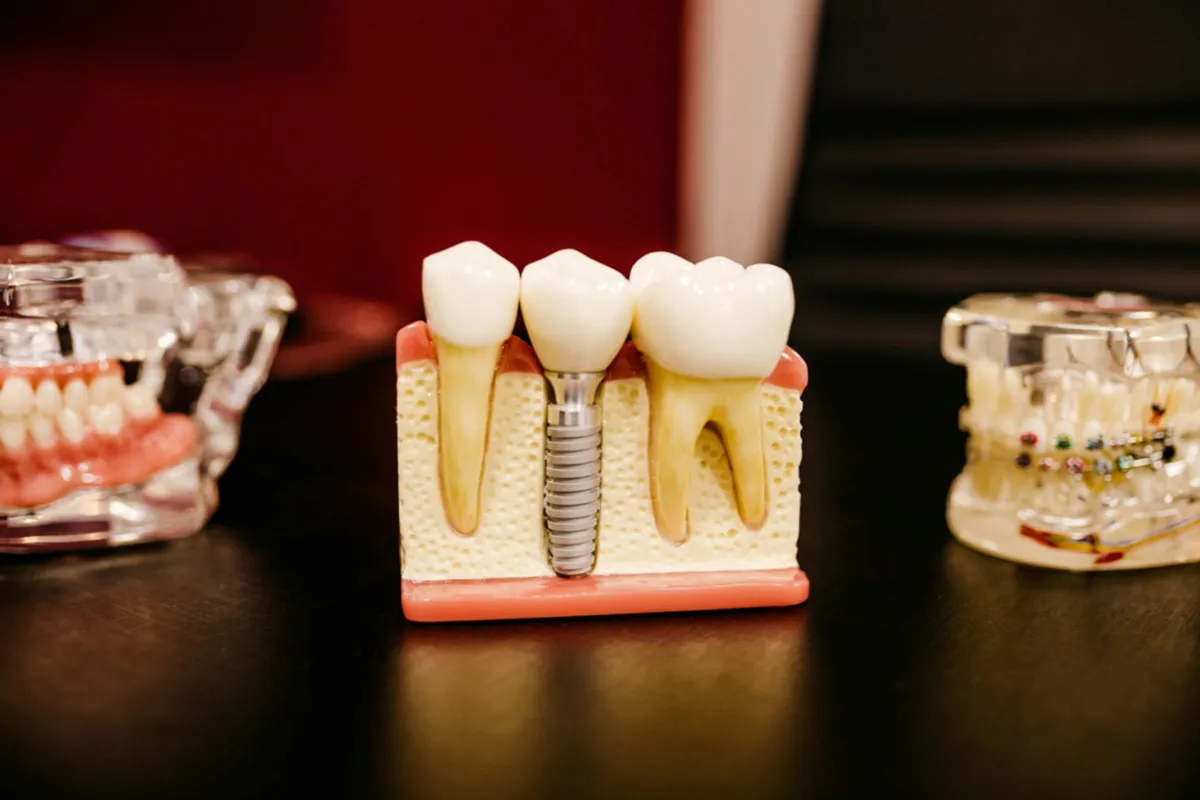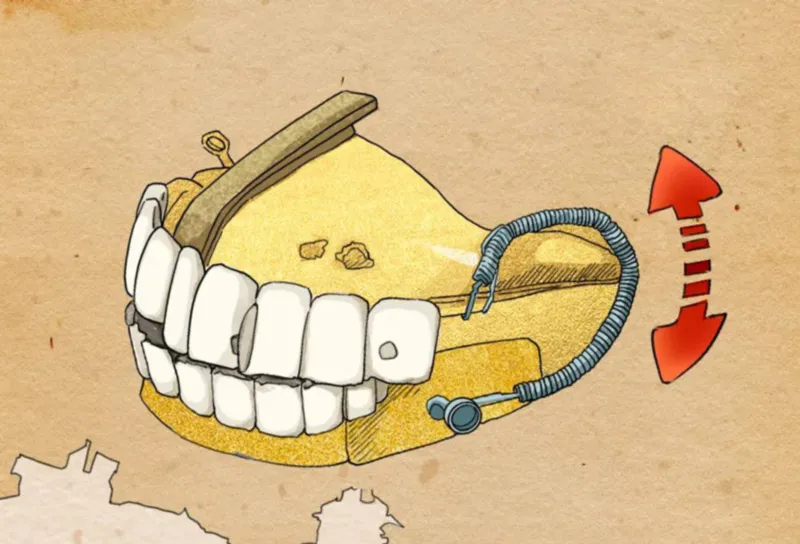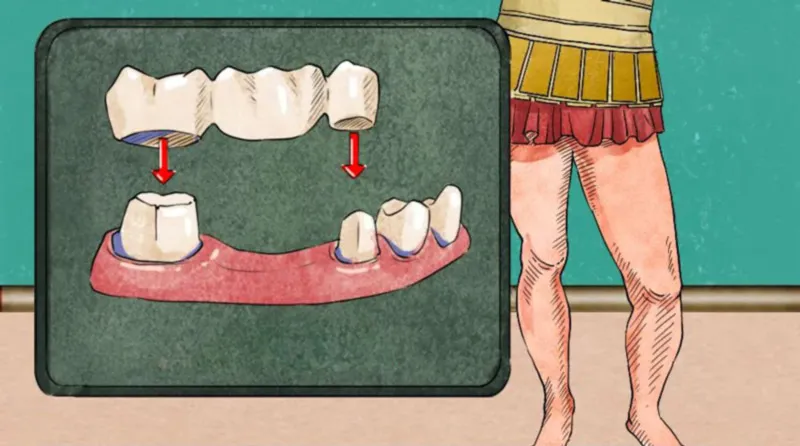
A Journey Through the History of Dentures: From Ancient Solutions to Modern Implants
Explore the fascinating history of dentures, from ancient techniques to modern implants, and learn how tooth replacement has evolved over millennia. Discover the best current solutions for missing teeth and the importance of dental care.
Have you ever wondered what people did when they lost their teeth in ancient times? Imagine a world without modern dentistry and implants. How did they cope with tooth loss?
Let’s start with a historical figure many of us know: George Washington, the first President of the United States. By the time he became president in 1789, Washington had only one tooth left. His dentures were made of a mix of materials, including gold, brass, lead, hippo ivory, and even human teeth. These dentures were heavy and uncomfortable, often causing him to avoid smiling.

Interestingly, the concept of dentures dates back over 4,000 years. In ancient Egypt, false teeth were crafted from materials like gemstones and gold. Around 3,000 years ago, the Etruscans in Italy developed a method to secure false teeth using gold bands. They even used cow teeth, connected with gold bands to adjacent teeth, a method remarkably similar to modern fixed dentures.
In the East, dental advancements were also notable. The renowned Southern Song Dynasty poet Lu You mentioned “tooth planting” in his poetry. By the Qing Dynasty, specialized dental shops were commonplace. In 16th century Japan, artisans applied techniques from Buddhist statue carving to create wooden dentures.
Europe in the 18th century saw a surge in demand for dentures, primarily among the wealthy. Poor people would sell their teeth, and a grisly profession of “tooth hunters” emerged, extracting teeth from corpses on battlefields, like those at the Battle of Waterloo.

The real breakthrough came in 1843 when Charles Goodyear invented vulcanized rubber. His brother Nelson Goodyear improved the process, making dentures more affordable and practical. These dentures featured porcelain teeth and pink ceramic to mimic gums, becoming accessible to the middle class.
In 1952, a significant advancement occurred when Professor Branemark of Gothenburg University discovered that bone cells could adhere to titanium surfaces, leading to the development of dental implants. Titanium’s properties—lightweight, heat-resistant, corrosion-resistant, and biocompatible—made it ideal for dental implants.
Today, we have three main options for replacing missing teeth:
- Removable Partial Dentures: Affordable and removable, but they require daily cleaning and offer less stability and comfort.
- Fixed Dentures: More comfortable but require the modification of healthy adjacent teeth and are more expensive.
- Dental Implants: Closest to natural teeth in function and durability, but they are also the most costly option.
Dentists typically recommend a solution based on individual dental health and financial considerations. However, no matter the option, none can fully replicate natural teeth. Therefore, taking good care of our teeth is essential to avoid the high costs and discomfort associated with dentures.

